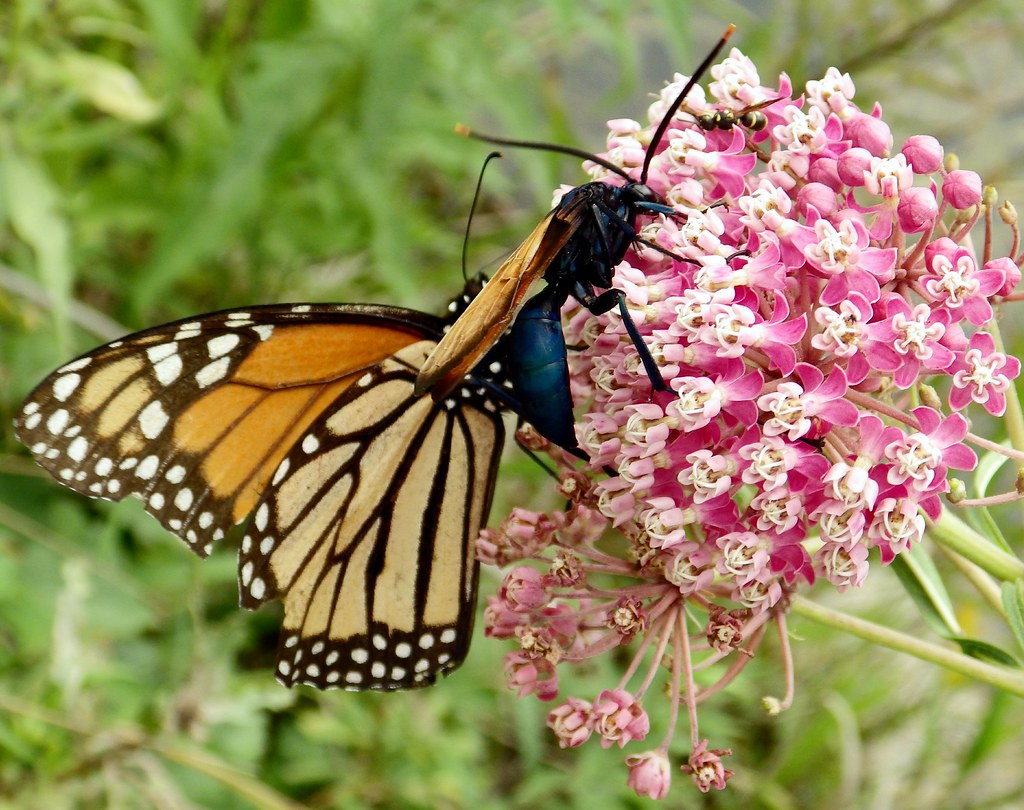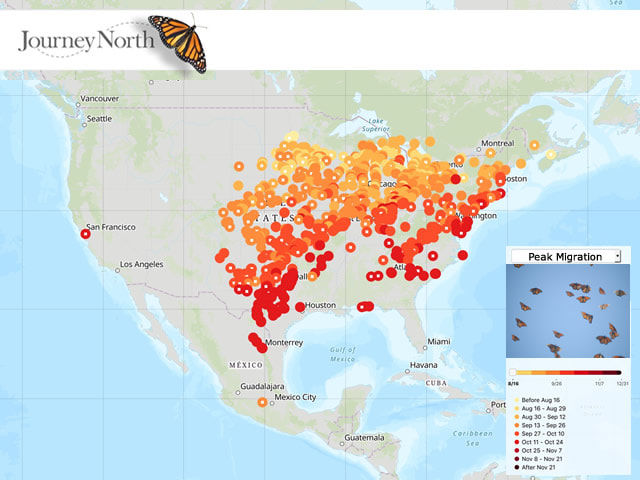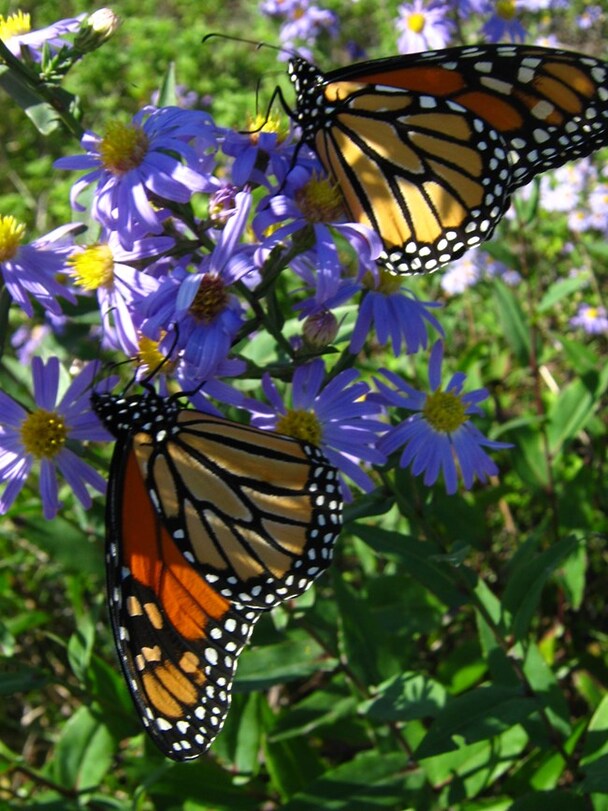Gardens, lawns, fields, roadsides, public parks, and right-of-ways all provide vital habitat for monarchs and other pollinators. How we manage this habitat must be done with care so we don't destroy precious pollinator habitat. The following recommendations will help you to time your land management practices so that the least amount of harm is done to our monarch populations. |
AuthorRebecca Chandler Archives
March 2024
Categories |





 RSS Feed
RSS Feed